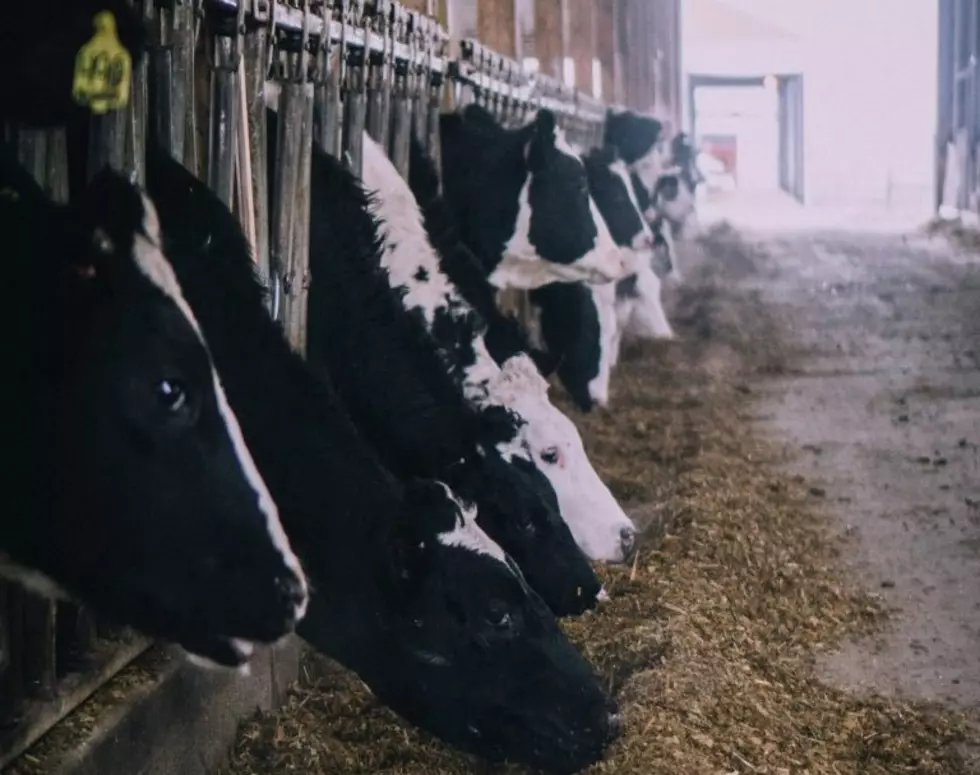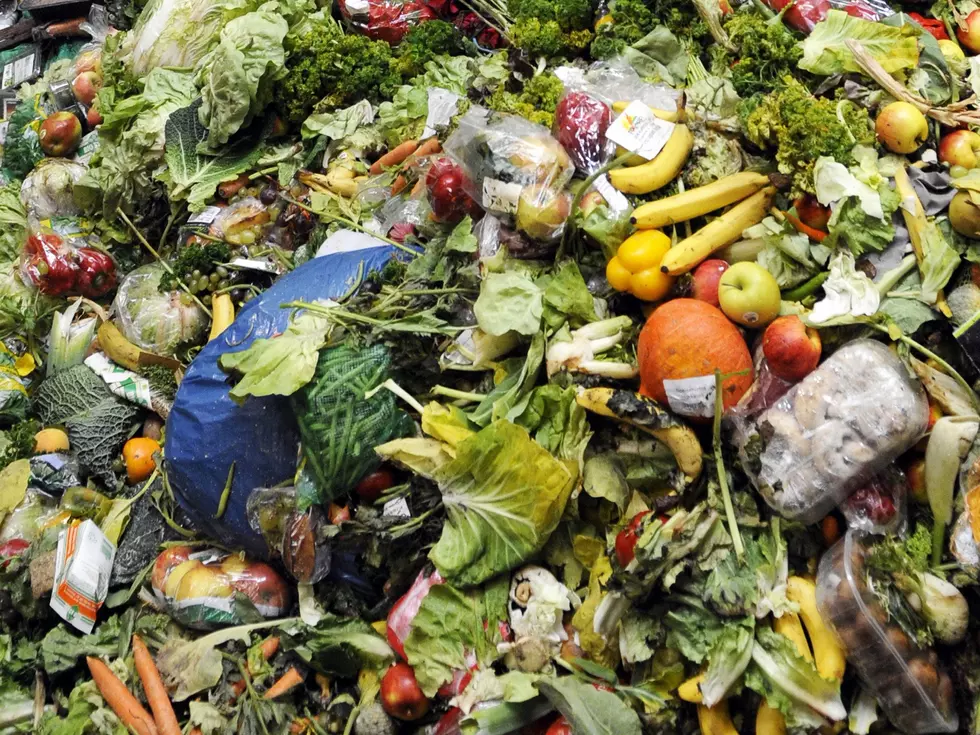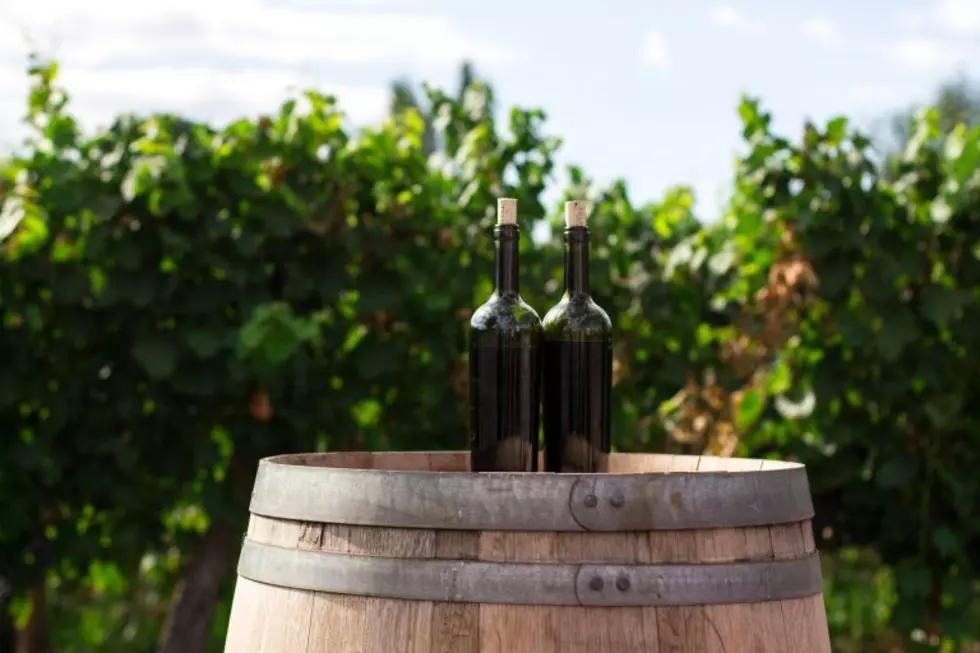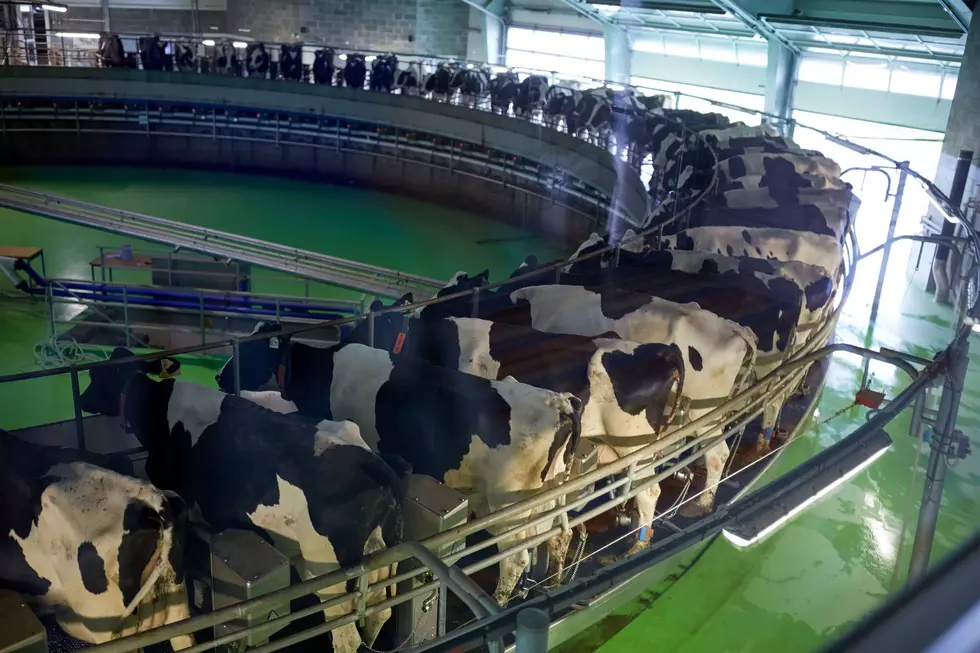
WSU Warning Of Stripe Rust, Stem Rust
As winter wheat harvest has started across the Inland Northwest, Washington State University is warning growers of spring varieties to be on the lookout for Stripe Rust. Stripe rust has reached 100% severity on susceptible varieties of spring wheat in the school's experimental fields across the state. Barley stripe rust reached 60-80% severity on susceptible spring barley varieties in all WSU experimental fields across locations throughout Washington. In the Palouse region, stripe rust infection could be easily spotted in most winter (with green plants) and spring wheat fields, mostly as necrotic stripes that are either resistant reactions or stopped by fungicides, with low severity and incidence of active rust pustules in few fields. Low incidence of stripe rust was found in one spring barley field. In general, stripe rust is under control and the rust season is over.

The high stripe rust pressure of this growth season should remind growers to choose varieties with high level of resistance to stripe rust (ratings 1 to 4) to grow in the next growth season. Meanwhile stem rust has been found on few winter wheat varieties in breeding nurseries on the Spillman Farm near Pullman. WSU officials added at this point, they have not seen stem rust in experimental fields of winter wheat, winter barley, spring wheat, and spring barley around Pullman. According to WSU, stem rust may occur in more spots in the Palouse region, but should not become a major concern for yield reduction.
So far, wheat stripe rust has been reported in Idaho, Oregon, Washington, Montana, Texas, Louisiana, Oklahoma, California, Kansas, Kentucky, Virginia, Illinois, New York, Wisconsin, Nebraska, South Dakota and Minnesota.
If you have a story idea for the Washington Ag Network, call (509) 547-1618, or e-mail gvaagen@cherrycreekmedia.com
More From PNW Ag Network









